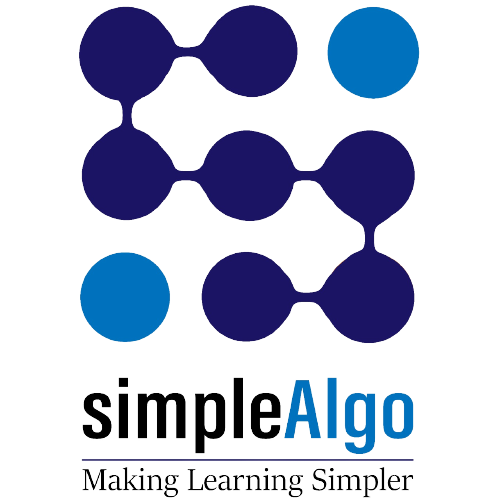Python Tutorial
- – This is a very best Python Tutorial from Beginner to Advanced and experienced professionals to learn python programming.
- – Python is a programming language which is known as interpreted, multi-paradigm, object-oriented language.
- – Python program is constructed with interchangeable code modules instead of a single long list of instructions.
- – At the compilation stage, it converts its code into byte code which is further used to execute instructions.
- – To understand this byte code, an interpreter is required which is called as PVM(Python Virtual Machine).
- – It is a high-level general-purpose programming language.
- – High-level language means that developers need not to worried about a low-level things like security management, memory management, performance management, data type allocation and etc.
- – All such low-level things will be taken care by PVM(Python Virtual Machine) internally.
- – It is machine independent/platform independent means it can work on all type of operating systems i.e. Windows, Unix, Mac, etc.
- – Do you know that Google, YouTube, and Instagram, all are using Python.
- – It’s all due to its features like easy to write, easy to lean, and easy to maintain.
- – Getting Started with Free Python Tutorial for Non-Programmers We can download the latest version of python from its official website Python download
Advanced Python tutorial has several key characteristics that distinguish it from basic Python programming.
By demonstrating your knowledge through an Advanced Python tutorial for Non-Programmers, you can enhance your resume and increase your chances of securing lucrative job opportunities.
An Advanced Python Tutorial for Beginners India helps you stay updated with the latest trends and developments in the Python community.
Here are some of the notable characteristics of advanced Python.
- Object-Oriented Programming (OOP)
- Functional Programming
- Generators and Iterators
- Decorators
- Metaprogramming
- Concurrency and Asynchrony
- Advanced Data Structures
- Advanced Libraries and Modules
- Error Handling and Exception Handling
- Testing and Debugging
These characteristics make advanced Python a versatile and powerful programming language, capable of handling complex tasks, implementing sophisticated algorithms, and building scalable applications.
Basic Python Tutorial for Beginners Online often provides opportunities to interact with fellow learners, instructors, and industry professionals through discussion forums or online communities.
Auther-
Guido Van Rossum
History-
- – Python names came from the TV comic show “The complete Monty Python’s circus” (1969-1974).
- – Python was developed in 1989 while Guido Van Rossum was working in NRI, Netherland but official release date – 20th Feb 1991
- – C supports – Functional programming language(Not supported Encapsulation, Polymorphism, Inheritance, Abstraction) only.
- – C++, Java supports – O.O.P.(Encapsulation, Polymorphism, Inheritance, Abstraction)) + Modular programming concept only.
- – Perl, Shell supports – Scripting language only.
- – Modula3 supports – Modular programming language only.
- – Python supports – Functional programming language concepts + O.O.P. language concepts + Scripting language concepts + Modular programming language + etc
Where We Can Use Python-
- 1) Desktop based application(Singleton)
- 2) Web Based application
- 3) QA Automation
- 4) Network based application
- 5) Games development
- 6) Artificial intelligence
- 7) Machine Learning
- 8) Data Analysis
- 9) Deep Learning,
- 10) IOT
Features Of Python-
- 1) Simple syntax
- 2) Easy to learn
- 3) Freeware language
- 4) Platform independent
- 5) High level programming language
- 6) Opensource
- 7) Interpreted language
- 8) Extensible in nature
- 9) Embadded in nature
- 10) Support dynamic Typed data types

